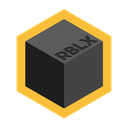-
 Bitcoin
Bitcoin $106,754.6083
1.33% -
 Ethereum
Ethereum $2,625.8249
3.80% -
 Tether USDt
Tether USDt $1.0001
-0.03% -
 XRP
XRP $2.1891
1.67% -
 BNB
BNB $654.5220
0.66% -
 Solana
Solana $156.9428
7.28% -
 USDC
USDC $0.9998
0.00% -
 Dogecoin
Dogecoin $0.1780
1.14% -
 TRON
TRON $0.2706
-0.16% -
 Cardano
Cardano $0.6470
2.77% -
 Hyperliquid
Hyperliquid $44.6467
10.24% -
 Sui
Sui $3.1128
3.86% -
 Bitcoin Cash
Bitcoin Cash $455.7646
3.00% -
 Chainlink
Chainlink $13.6858
4.08% -
 UNUS SED LEO
UNUS SED LEO $9.2682
0.21% -
 Avalanche
Avalanche $19.7433
3.79% -
 Stellar
Stellar $0.2616
1.64% -
 Toncoin
Toncoin $3.0222
2.19% -
 Shiba Inu
Shiba Inu $0.0...01220
1.49% -
 Hedera
Hedera $0.1580
2.75% -
 Litecoin
Litecoin $87.4964
2.29% -
 Polkadot
Polkadot $3.8958
3.05% -
 Ethena USDe
Ethena USDe $1.0000
-0.04% -
 Monero
Monero $317.2263
0.26% -
 Bitget Token
Bitget Token $4.5985
1.68% -
 Dai
Dai $0.9999
0.00% -
 Pepe
Pepe $0.0...01140
2.44% -
 Uniswap
Uniswap $7.6065
5.29% -
 Pi
Pi $0.6042
-2.00% -
 Aave
Aave $289.6343
6.02%
What is the possible reason for the error in the calculation of Binance Staking income?
Discrepancies in Binance Staking returns arise from APR/APY differences, network volatility, Binance fees, compounding frequency, and potential user errors; review parameters and contact support if needed.
Mar 16, 2025 at 11:40 pm

Key Points:
- Discrepancies between expected and actual Binance Staking rewards can stem from several factors.
- Understanding the Annual Percentage Rate (APR) versus Annual Percentage Yield (APY) is crucial.
- Network fluctuations, compounding frequency, and Binance's fee structure all play a role.
- User errors in inputting data or misinterpreting displayed information are also common.
- Investigating specific staking parameters and contacting Binance support are vital steps in troubleshooting.
What is the possible reason for the error in the calculation of Binance Staking income?
Binance Staking, like any staking platform, involves complexities that can lead to discrepancies between projected and realized income. Several factors contribute to these calculation errors, ranging from fundamental differences in how interest is calculated to more nuanced aspects of the blockchain and Binance's operational structure. Understanding these factors is key to managing expectations and troubleshooting potential issues.
One common source of confusion lies in the difference between APR (Annual Percentage Rate) and APY (Annual Percentage Yield). APR represents the annual interest rate without considering compounding, while APY accounts for the effect of compounding returns over time. Binance often displays APR, but the actual return you receive will be closer to the APY, which is generally higher due to the reinvestment of earned interest. Failure to account for this difference can lead to significant discrepancies in projected versus actual income.
Another critical factor is the volatility of the cryptocurrency market itself. The APR or APY advertised for a staking product is often subject to change, depending on network activity and overall market conditions. High network congestion, for instance, might reduce the actual rewards received, as transaction fees and delays can impact the final payout. Furthermore, the value of the staked cryptocurrency itself fluctuates, influencing the overall return in fiat currency terms. A drop in the cryptocurrency's price could offset the staking rewards, leading to an apparent shortfall.
Binance's fee structure also impacts the final income. While not always explicitly stated, Binance might deduct fees associated with transactions, network maintenance, or other operational costs. These fees reduce the overall staking rewards, contributing to the difference between expected and actual returns. It's essential to review Binance's fee schedule carefully to understand the potential deductions that might impact your income.
Human error plays a surprising role in these calculation discrepancies. Users might misinterpret the displayed APR or APY, incorrectly input the amount staked, or fail to account for the duration of the staking period. Double-checking all input data and ensuring a clear understanding of the terms and conditions before participating in Binance Staking is vital to avoid such errors.
The compounding frequency also significantly impacts the final yield. If the staking rewards are compounded daily, weekly, or monthly, the final yield will differ from a scenario where it is compounded annually. The more frequently interest is compounded, the higher the final APY. Understanding the compounding frequency stated in the staking program's terms is critical for accurate income projections.
Lastly, some unforeseen circumstances on the blockchain itself might impact the final payout. Network upgrades, security incidents, or unforeseen technical glitches can lead to delays or reductions in staking rewards. While these are less common, it's essential to understand that they can cause temporary or even permanent deviations from the expected returns.
To troubleshoot potential errors, consider these steps:
- Review the staking parameters: Carefully examine the APR, APY, compounding frequency, and any fees associated with the specific staking product.
- Check your transaction history: Verify that the amount staked and the duration of the staking period match your records.
- Consult Binance's documentation: Refer to Binance's help center or support materials for clarification on the staking process and any relevant fee structures.
- Contact Binance support: If you are still unable to resolve the discrepancy, reach out to Binance's customer support for assistance. They can investigate any potential issues with your account or the staking program itself.
Frequently Asked Questions:
Q: Why is my Binance Staking income lower than expected?
A: Several factors can contribute, including the difference between APR and APY, network fluctuations, Binance's fee structure, changes in cryptocurrency prices, compounding frequency, and potential user errors in calculations or data entry.
Q: How can I accurately calculate my expected Binance Staking income?
A: Use the APY (Annual Percentage Yield) rather than the APR (Annual Percentage Rate) for a more accurate estimate. Account for any fees and consider the compounding frequency. Remember that cryptocurrency prices are volatile and can impact your final return in fiat currency.
Q: What should I do if I believe there is an error in my Binance Staking calculation?
A: Carefully review the staking parameters, check your transaction history, consult Binance's documentation, and contact Binance support if needed. Provide them with detailed information about the discrepancy.
Q: Are there any guarantees on the returns from Binance Staking?
A: No. Staking returns are not guaranteed and are subject to change based on market conditions, network activity, and other factors. The advertised APR or APY is an estimate, not a guaranteed return.
Q: Can Binance change the APR/APY of a staking product after I've started staking?
A: Yes, Binance reserves the right to adjust the APR/APY of staking products at any time due to market conditions or other factors. They usually announce such changes in advance, but it's important to be aware of this possibility.
Disclaimer:info@kdj.com
The information provided is not trading advice. kdj.com does not assume any responsibility for any investments made based on the information provided in this article. Cryptocurrencies are highly volatile and it is highly recommended that you invest with caution after thorough research!
If you believe that the content used on this website infringes your copyright, please contact us immediately (info@kdj.com) and we will delete it promptly.
- Parataxis Holdings & Bridge Biotherapeutics: A Bitcoin Treasury Play in South Korea
- 2025-06-20 20:25:12
- Pi Network Price Prediction: Navigating June 2025's Uncertainties
- 2025-06-20 20:25:12
- AI Chip Maker Cerebras Hacked: Crypto Scam Alert!
- 2025-06-20 20:45:13
- dYdX Surge Program: Leveling Up DeFi Trading with Incentives
- 2025-06-20 20:45:13
- Bitcoin Breakout Watch: Can BTC Surge to $100K and Beyond?
- 2025-06-20 20:50:12
- Coinsilium, Bitcoin Treasury, Forza!: Riding the Crypto Wave in 2025
- 2025-06-20 20:50:12
Related knowledge
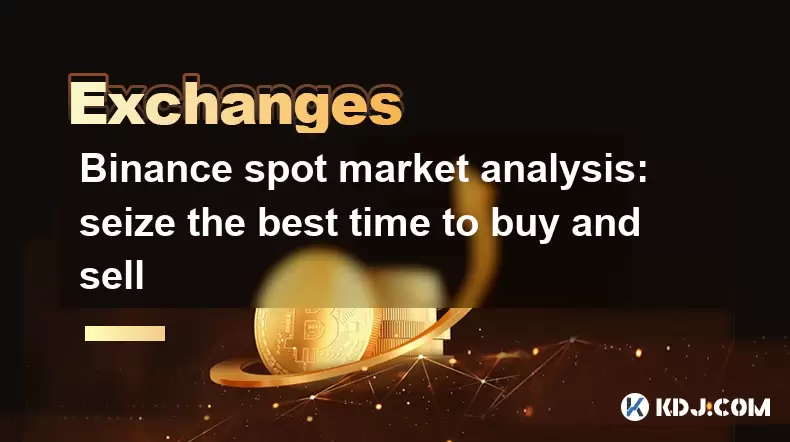
Binance spot market analysis: seize the best time to buy and sell
Jun 19,2025 at 04:56pm
Understanding the Binance Spot MarketThe Binance spot market is one of the most popular platforms for cryptocurrency trading globally. It allows users to trade digital assets at current market prices, making it essential for traders aiming to buy low and sell high. Unlike futures or margin trading, spot trading involves direct ownership of the asset aft...

Binance financial management guide: ways to increase the value of idle assets
Jun 19,2025 at 11:22pm
Understanding Idle Assets in the Cryptocurrency SpaceIn the fast-paced world of cryptocurrency, idle assets refer to digital currencies that are not actively being used for trading, staking, or yield farming. Holding these funds in a wallet without utilizing them means missing out on potential growth opportunities. Binance, as one of the leading platfor...

Binance API access tutorial: easy to achieve automated trading
Jun 20,2025 at 08:21am
Introduction to Binance APIThe Binance API provides a powerful interface that allows developers and traders to interact with the Binance exchange programmatically. This includes retrieving market data, placing trades, checking account balances, and much more. The API is especially useful for those interested in automated trading strategies, as it enable...
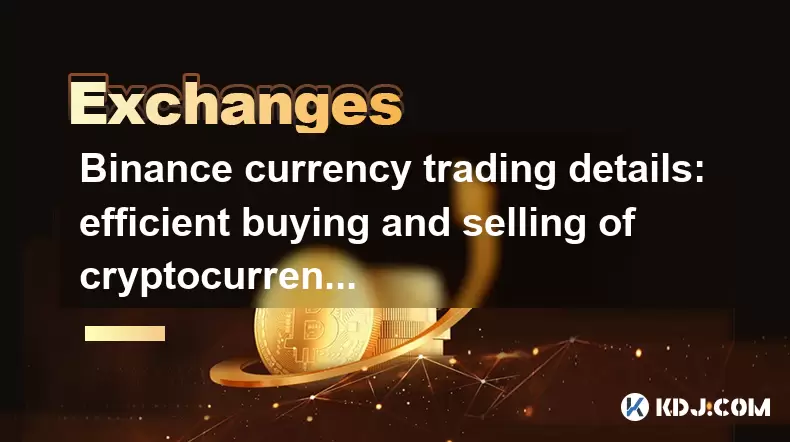
Binance currency trading details: efficient buying and selling of cryptocurrencies
Jun 19,2025 at 10:28pm
Understanding Binance as a Cryptocurrency Trading PlatformBinance is one of the largest and most popular cryptocurrency exchanges globally, offering users a robust platform for trading various digital assets. The platform supports a wide range of cryptocurrencies, including Bitcoin (BTC), Ethereum (ETH), Binance Coin (BNB), and many altcoins. Efficient ...
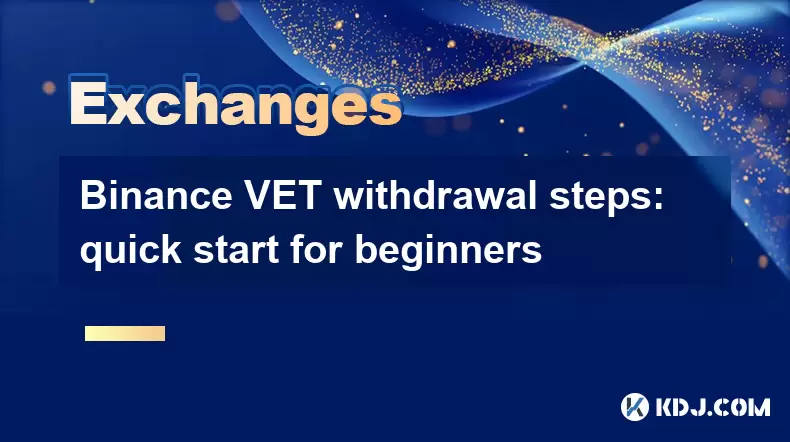
Binance VET withdrawal steps: quick start for beginners
Jun 19,2025 at 04:49pm
Understanding VET and BinanceVET (VeChain Token) is the native cryptocurrency of the VeChain blockchain, which focuses on supply chain management and enterprise solutions. Binance, one of the world’s largest cryptocurrency exchanges, allows users to trade and withdraw various cryptocurrencies, including VET. For beginners, understanding how to securely ...
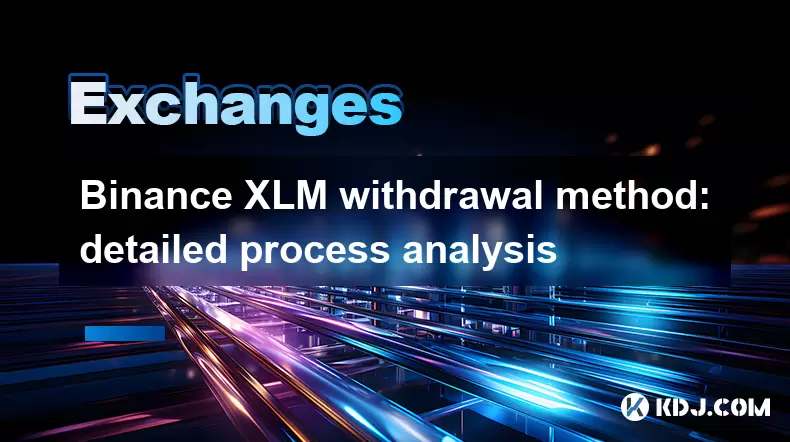
Binance XLM withdrawal method: detailed process analysis
Jun 19,2025 at 07:29pm
Overview of Binance and XLM WithdrawalBinance is one of the largest cryptocurrency exchanges globally, offering users a platform to trade, store, and withdraw various digital assets. XLM, also known as Stellar Lumens, is a popular cryptocurrency used for cross-border transactions and decentralized financial services. When it comes to withdrawing XLM fro...

Binance spot market analysis: seize the best time to buy and sell
Jun 19,2025 at 04:56pm
Understanding the Binance Spot MarketThe Binance spot market is one of the most popular platforms for cryptocurrency trading globally. It allows users to trade digital assets at current market prices, making it essential for traders aiming to buy low and sell high. Unlike futures or margin trading, spot trading involves direct ownership of the asset aft...

Binance financial management guide: ways to increase the value of idle assets
Jun 19,2025 at 11:22pm
Understanding Idle Assets in the Cryptocurrency SpaceIn the fast-paced world of cryptocurrency, idle assets refer to digital currencies that are not actively being used for trading, staking, or yield farming. Holding these funds in a wallet without utilizing them means missing out on potential growth opportunities. Binance, as one of the leading platfor...

Binance API access tutorial: easy to achieve automated trading
Jun 20,2025 at 08:21am
Introduction to Binance APIThe Binance API provides a powerful interface that allows developers and traders to interact with the Binance exchange programmatically. This includes retrieving market data, placing trades, checking account balances, and much more. The API is especially useful for those interested in automated trading strategies, as it enable...

Binance currency trading details: efficient buying and selling of cryptocurrencies
Jun 19,2025 at 10:28pm
Understanding Binance as a Cryptocurrency Trading PlatformBinance is one of the largest and most popular cryptocurrency exchanges globally, offering users a robust platform for trading various digital assets. The platform supports a wide range of cryptocurrencies, including Bitcoin (BTC), Ethereum (ETH), Binance Coin (BNB), and many altcoins. Efficient ...

Binance VET withdrawal steps: quick start for beginners
Jun 19,2025 at 04:49pm
Understanding VET and BinanceVET (VeChain Token) is the native cryptocurrency of the VeChain blockchain, which focuses on supply chain management and enterprise solutions. Binance, one of the world’s largest cryptocurrency exchanges, allows users to trade and withdraw various cryptocurrencies, including VET. For beginners, understanding how to securely ...

Binance XLM withdrawal method: detailed process analysis
Jun 19,2025 at 07:29pm
Overview of Binance and XLM WithdrawalBinance is one of the largest cryptocurrency exchanges globally, offering users a platform to trade, store, and withdraw various digital assets. XLM, also known as Stellar Lumens, is a popular cryptocurrency used for cross-border transactions and decentralized financial services. When it comes to withdrawing XLM fro...
See all articles

















